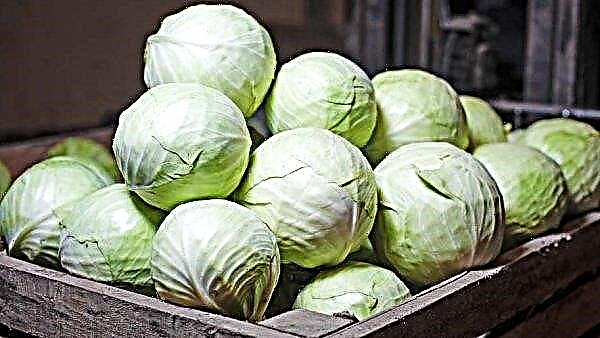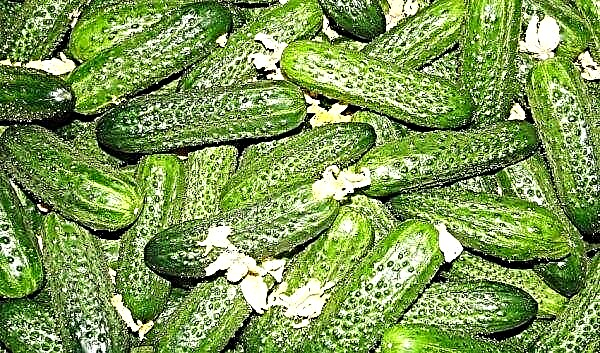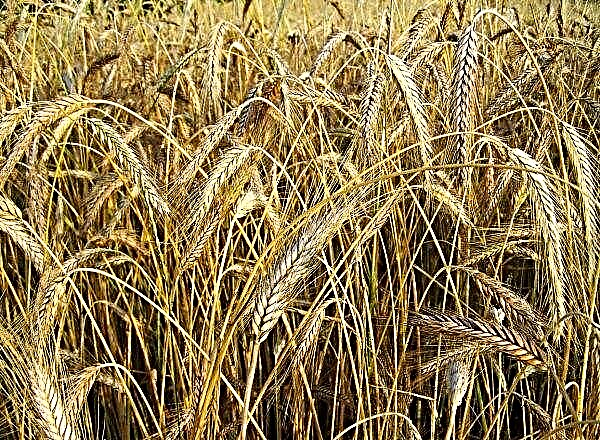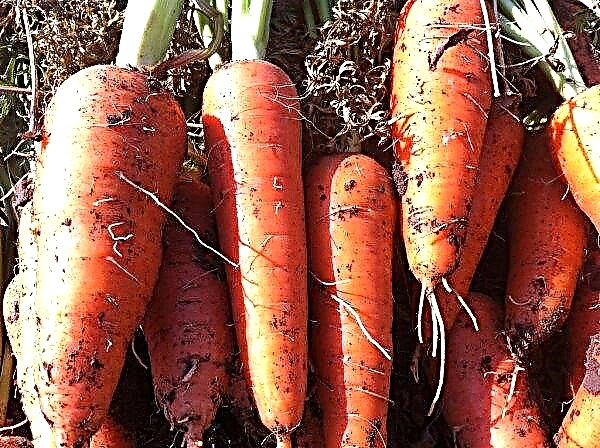Balás Györfi, President of the National Chamber of Agriculture (NAK), held a podcast discussion with Istvan Jakab, President of the Association of Hungarian Farmers' Groups and Cooperatives on the impact of the epidemic on agriculture.
During the discussion, the experts analyzed, among other things, the strengths and weaknesses of Hungarian agriculture, the situation with external and internal supplies and the importance of functioning markets. In addition, the following was mentioned.
In Hungary, oats are not eaten at all.
To varying degrees, all participants in agriculture suffer from the consequences of the epidemic. The epidemic brought to the surface both weaknesses and strengths of agriculture.
Domestic supplies are provided, the main attention should be paid to foreign trade - the import of raw materials and the export of industrial goods.

Agriculture can provide jobs and livelihoods for former workers in labor-intensive sectors. Attracting public servants can also be a solution to the problem of possible labor shortages due to an excess of workers. Hungarian specialists returning from abroad can also use their strength in the domestic labor market.
Agriculture is resilient to crises; this sense of security can draw more workers into the sector and thus also increase the prestige of agriculture.
It is important that markets continue to operate. Customers are less likely to get infected outdoors than in closed stores. The Hungarian Bread program will not stand aside, as organizations are waiting for support this year too.
- The Hungarian authorities are seriously concerned about the development of medicinal crop production in the country.
- In some cities in Hungary, the period of burning garden waste was limited or banned for several weeks, but in some places due to the coronavirus epidemic, air purity was tightened according to the rules and people were asked to make compost instead of burning.
- Last year, meat accounted for the largest revenue in food retail sales in Hungary. According to data provided by Nielsen, last year the population spent about 66 852 600 dollars on food in stores, which corresponds to an increase of 1% in the volume change.












